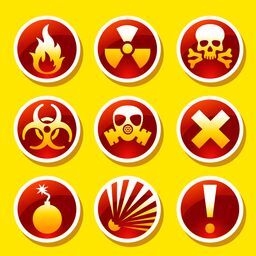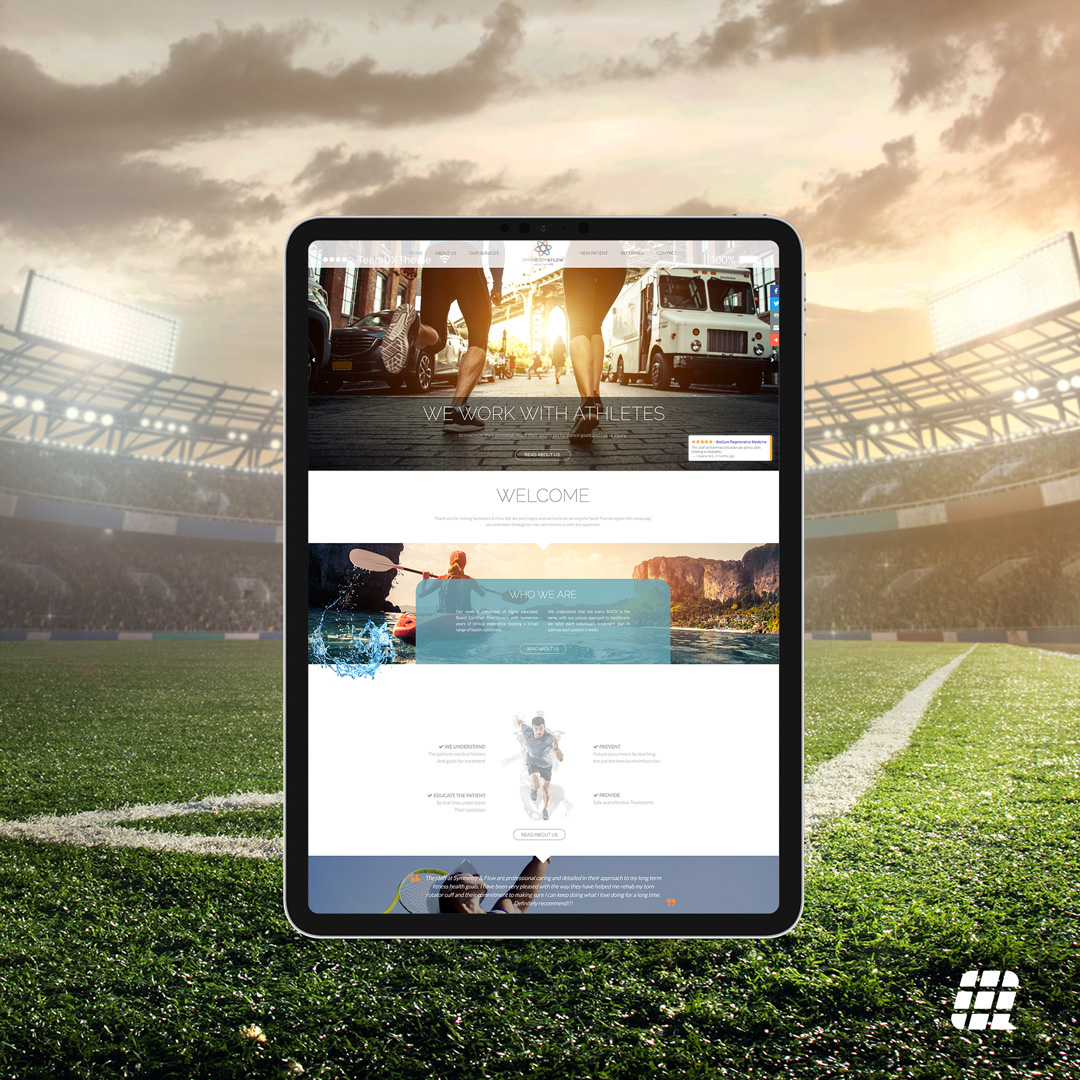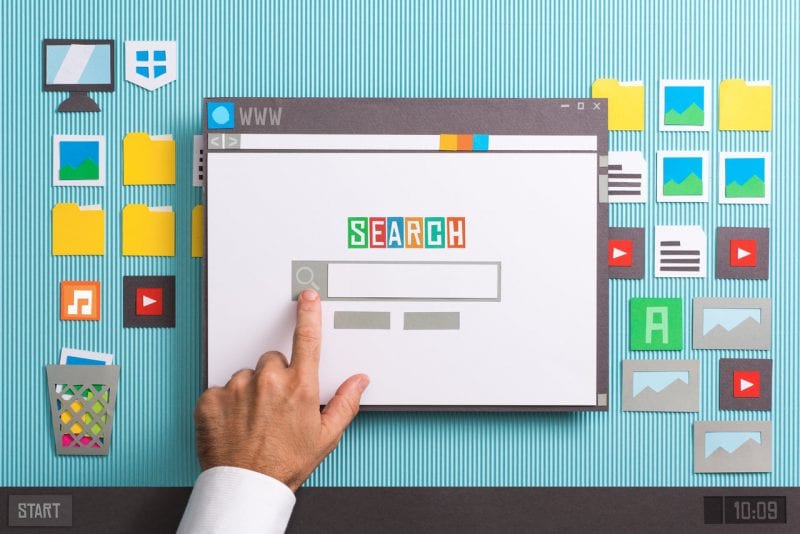Keeping your PC, laptop, tablet and smartphone safe is a huge part of Internet security. Without it, your devices could easily get infected with viruses or malware that can slow down or even ruin your operating system.
Another big risk are key loggers, which can be used to steal your credit card information, passwords, and even your identity.
Improving Internet Security -Need for a High-Quality Antivirus
While it’s always painful to pay for that antivirus program, given the real security threats online today, it’s a necessity. Even though there’s no guarantee you will ever actually need it, if you don’t have it and are the victim of a cyber-attack or infiltration, you will wish you spent the money.
Use your antivirus software to do a full scan — not a quick scan — a minimum of once per week. Most of the newer high-end antiviruses will automatically schedule these scans during the overnight hours, when they are least likely to interfere with your work.
Don’t Go ‘Phishing’
You can’t control all the emails you receive. But you can control the ones you open.
Many emails that seem legitimate are actually scams. Some can even contain aggressive software that launches when you open an attachment to the email.
Never open an email that comes from a source you don’t recognize. One common scam is to send an email that looks legitimate and claims to be from a pay site such as Amazon or PayPal.
Then at some point the email will ask you to click on a link that supposedly leads to PayPal or Amazon, but in reality goes somewhere else. Once you log into this fake website and give your password, it’s stolen.
To make sure an email is from a legitimate source, always check the URL by hovering your mouse over the link and checking the status bar at the bottom of your browser. This will tell you exactly where the link actually leads.









 The old saying, “Don’t work harder, work smarter” is often the quoted when talking about how to increase productivity at work and
The old saying, “Don’t work harder, work smarter” is often the quoted when talking about how to increase productivity at work and 
 The first thing most people look at when landing on a web page is the headline. If the headline captures their interest, they will be drawn into the content of the rest of the page.
The first thing most people look at when landing on a web page is the headline. If the headline captures their interest, they will be drawn into the content of the rest of the page.
 George Orwell’s book “1984” described a dystopian future in which the government – in the form of “Big Brother” – was constantly keeping tabs on everything its citizens did and said.
George Orwell’s book “1984” described a dystopian future in which the government – in the form of “Big Brother” – was constantly keeping tabs on everything its citizens did and said.